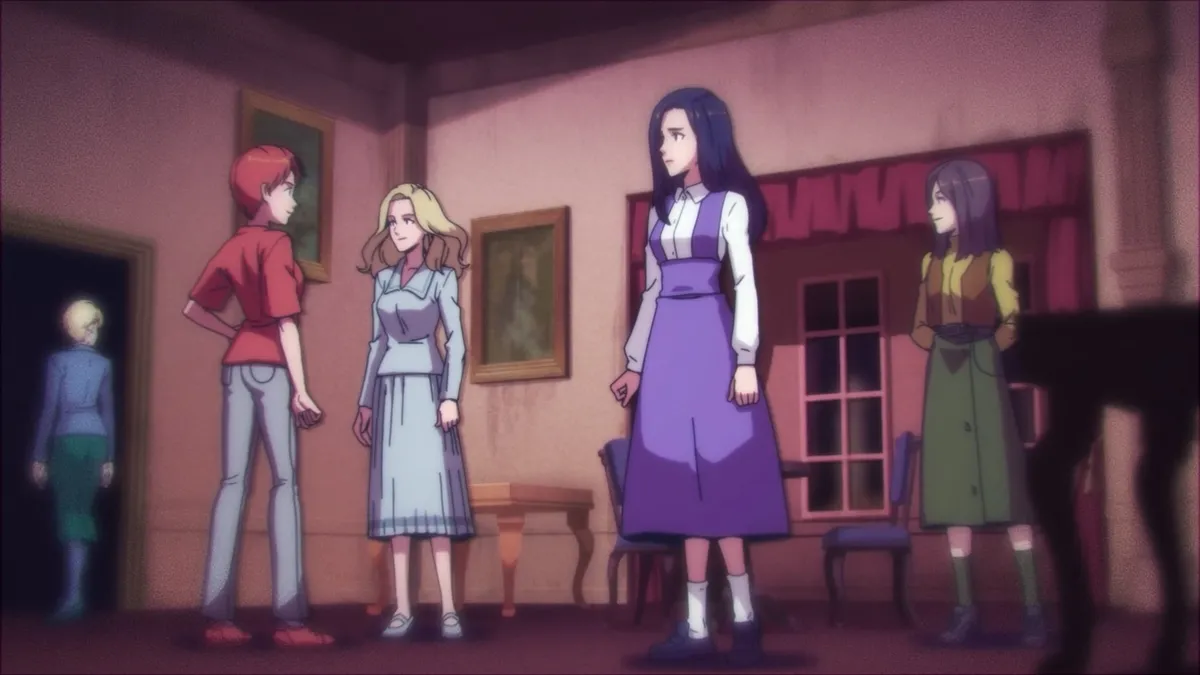For enthusiasts of the survival horror genre, a sincere “thank you” is due to Human Entertainment for its 1995 classic, Clock Tower. The newly released Clock Tower: Rewind serves as an enhanced worldwide remaster, introducing the iconic game to North American audiences for the very first time. Unlike a remake, this remaster allows players to immerse themselves in the original terror of the game, presented in all of its nostalgic, vintage allure.
Although its graphics may seem outdated, its B-horror charm endures. Personally, despite never having played Clock Tower myself, the series holds nostalgic significance for me. As a child, I watched a friend navigate through the game’s sequel—not Ghost Head, but the true sequel. I was bewildered, especially when he reached Ending C where Jennifer meets her grim fate, and the scene reveals a surviving Scissorman, ominously hinting at his continued terror. This moment blurred in my memory with a recurring nightmare, convincing me that Scissorman lurked within air vents. It’s fascinating how our minds can distort memories, particularly for those of us plagued by nightmares. Consequently, this confusion bred a ludicrous fear of checking air vents, as if a deranged killer might peer back at me. Thus, engaging with Clock Tower: Rewind offered not just a reliving of horror gaming history, but also a chance to conquer my fears and look into vents without dread.

The narrative of Clock Tower: The First Fear is straightforward, as it’s not an overly lengthy experience. It begins with Jennifer Simpson and three other girls from Granite Orphanage visiting the Barrows mansion, having been adopted by its patriarch. Their teacher, Mary, instructs them to wait while she fetches Mister Barrows. But when Jennifer goes to check on Mary, she is startled by a horrific scream echoing through the night, marking the inception of her perilous exploration through the Barrows house, where she must evade the relentless Scissorman. As her harrowing journey unfolds, Jennifer may encounter the horrifying remains of her friends, adding to the tension and dread that defines this survival horror classic.
“`
In this revised version, internal links have been added to relevant articles on the same website, enhancing the reader’s experience by providing easy access to related content. This approach also improves SEO by increasing the interconnectedness of the site’s content.




Leave a Reply